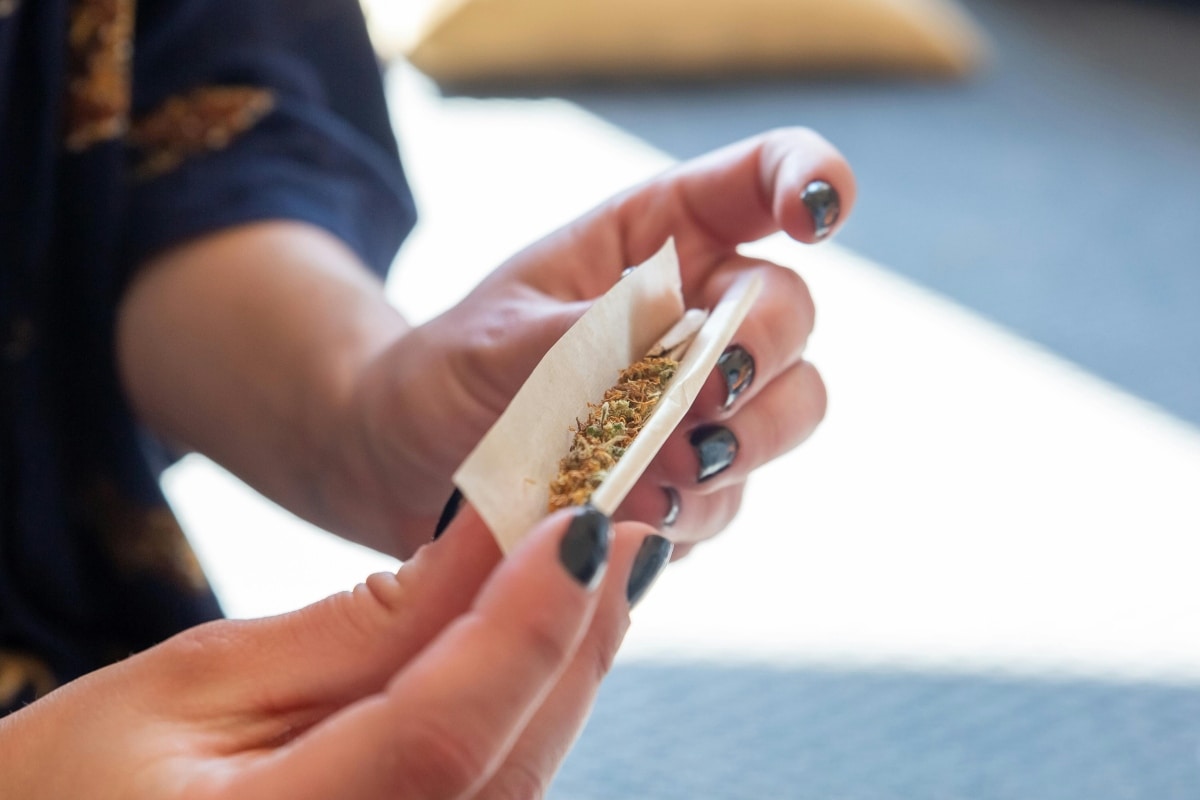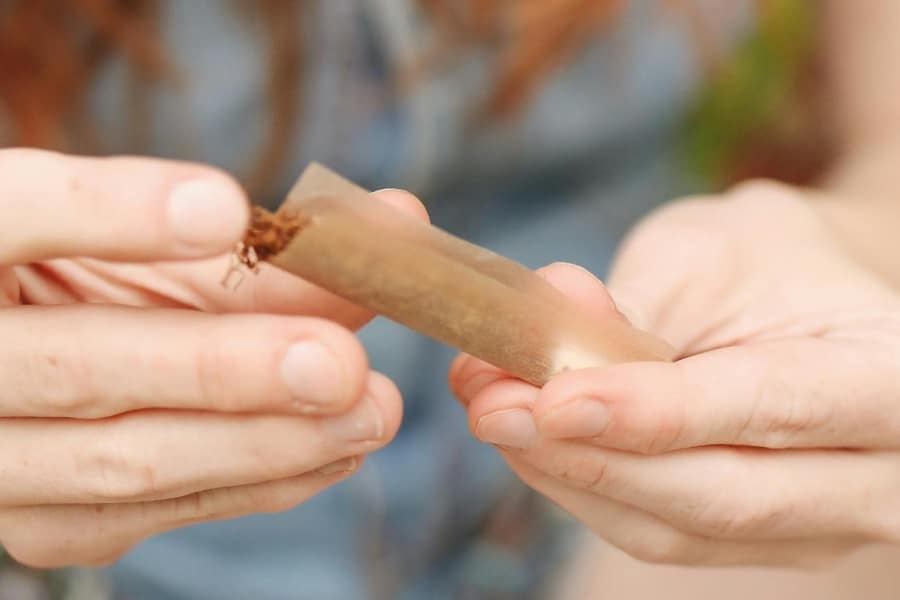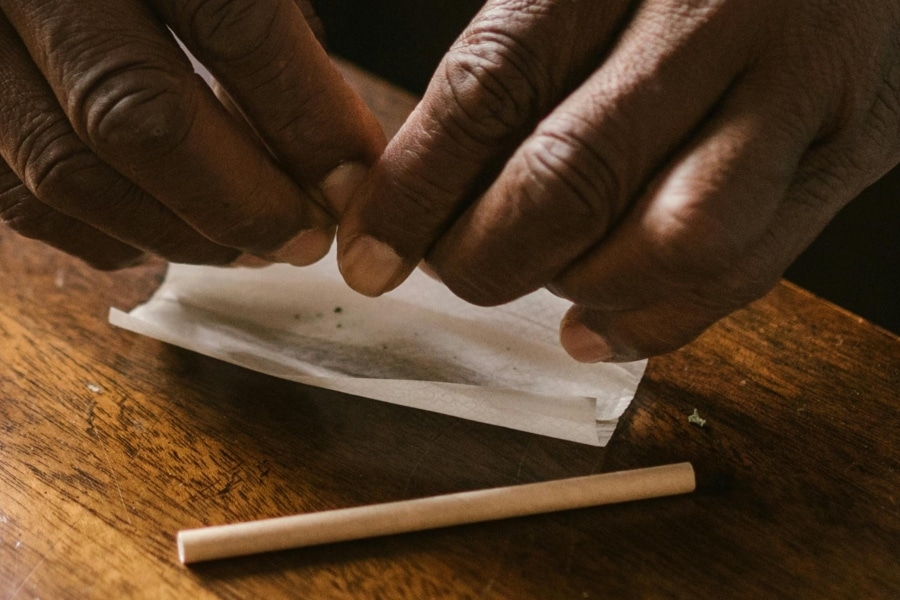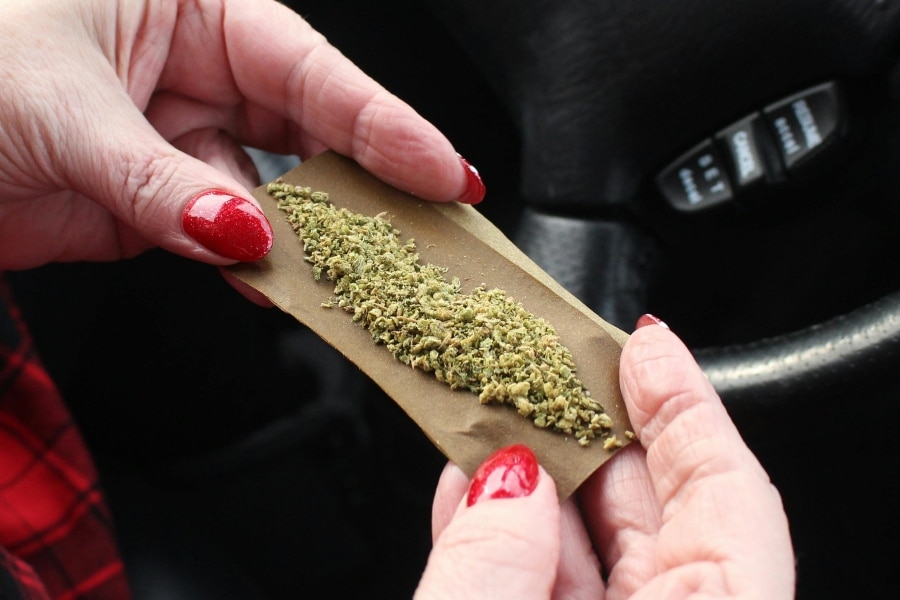
Last Saturday night I was smoking a joint and I had a thought: “what are rolling papers made of?” Picture this: you’re chilling, ready to roll one up, and there’s this whole world of options in front of you. It’s like picking the perfect outfit for a night out.
Some papers are like that cozy, vintage tee – think hemp – while others are more like a sleek, lightweight jacket, kinda like rice papers. What’s cool is that this choice says a bit about you, whether you’re all about that natural vibe, or maybe looking for something that burns super slow and smooth.
What Are Rolling Papers Made Of?
Rolling papers are primarily made from natural materials such as hemp, rice, flax, or wood pulp, each offering a unique smoking experience and burn rate. Some papers may also include natural gums for sealing, and can come in various flavors and thicknesses to cater to personal preferences.
The Basics of Rolling Paper Materials
When you’re hanging out, ready to roll, the paper you pick is kinda like choosing the main ingredient for your favorite dish – it sets the tone for the whole experience. Let’s break down the most popular types of rolling paper materials, so you can make the call like a pro.
Hemp Papers
These are the go-to for the eco-conscious crowd. Made from cannabis plants (but not the kind that gets you high), hemp papers are all about that slow burn and a sturdy feel. They’re kind of like that reliable friend who’s always chill and keeps things smooth. Plus, they’re great for the planet, which is always a bonus.


Rice Papers
If you’re after something so light you almost don’t notice it, rice papers are your best bet. They’re super thin, which means they don’t add any extra taste to your smoke. It’s like wearing a silk shirt – smooth, lightweight, and barely there. They burn slow and steady, making sure you can take your time and enjoy.
Flax Papers
Not as common, but definitely worth knowing about. Flax papers are a bit like hemp in that they’re natural and have a nice, even burn. They’re strong yet flexible, which is great if you’re still getting the hang of rolling. Think of them as the middle ground between hemp and rice – sturdy but not too heavy.


Wood Pulp Papers
The OG of rolling papers, made from, you guessed it, wood. These are your classic papers, a bit thicker, which makes them easier to handle, especially for beginners. They burn a bit faster, so if you’re into a quick session, they’re your guy. It’s like the comfort food of rolling papers – familiar, easy, and always hits the spot.
The Rolling Paper Manufacturing Process
Ever wondered how a simple plant or wood turns into that thin, smooth paper you roll up? It’s pretty cool, actually, like a little journey from nature to your fingertips. Let’s break down the steps, so next time you roll one, you’ll have a whole new appreciation for that little paper.
Step 1: Choosing the Material
First off, it starts with picking the right stuff—hemp, rice, flax, or wood pulp. Each material has its own vibe and benefits, from being eco-friendly to burning extra slow. It’s like selecting the main ingredient for an epic meal.
Step 2: Pulping It Up
Once the material is chosen, it’s time to get it into a pulp. This means breaking it down into a mushy, wet substance. For hemp and wood, this involves a lot of crushing and soaking. With rice, it’s a bit more about gentle processing to keep those fibers long and strong. Think of it as prepping your ingredients before cooking.
Step 3: Spreading and Drying
Next, this pulp gets spread out super thin to make sheets. It’s a delicate balance to get it just right—too thick and it’ll smoke heavy, too thin and it might tear. These sheets are then dried out until they’re just the right moisture level. It’s kind of like baking cookies; you want them perfectly crispy, not too dry or too soft.
Step 4: Cutting and Packing
Once the sheets are dried, they’re cut into the sizes we’re all familiar with. This step is pretty precise because nobody wants a wonky paper that’s hard to roll. After cutting, they’re packed up into those booklets we grab off the shelf. It’s like putting the final touches on a dish before serving it up.
Step 5 (Optional): Adding Flavors or Watermarks
Some papers go through a couple more steps, like getting flavored or having watermarks added. Watermarks are those cool patterns you see on some papers that help them burn evenly. Flavors, well, they’re like seasoning your dish to add an extra kick.
Types and Features of Rolling Papers
Alright, so now you know what rolling papers are made of and how they’re brought to life. But when you’re standing in front of that display at the shop, or scrolling online, the sheer variety can be a bit overwhelming. Let’s dive into the types and features that set them apart, making it easier for you to pick your perfect match.
Size Matters
First up, size. Rolling papers come in a range of sizes, from tiny single wides to king-size giants. Think of it as choosing the right size of canvas for your masterpiece. Single wides are great for a quick solo session, while king-size papers are perfect when you’re looking to share or just want a longer experience. There’s also everything in between, so you can find the size that fits your moment just right.
The Skinny on Thickness
Then, there’s the thickness of the paper. Thinner papers tend to burn slower and more evenly, giving you a smoother smoke. They’re like the delicate sauces that perfectly coat your pasta, enhancing without overpowering. Thicker papers are a bit easier to handle and roll, especially if you’re still perfecting your technique. They’re the robust stews of the rolling paper world—forgiving and hearty.
Flavor Town
Flavored rolling papers add a little extra something to your smoke. They come in a wild array of flavors, from fruity to minty to everything in between. Choosing a flavored paper is like picking the perfect garnish—it can complement your blend and add an unexpected twist to your smoking experience.
Going Natural
For the purists out there, unbleached and organic papers are the way to go. These are all about keeping things as natural and untouched as possible, from the material to the manufacturing process. It’s like choosing farm-to-table dining, where the quality and purity of the ingredients speak for themselves.
Gummed Up
Most rolling papers come with a strip of natural gum made from the sap of the acacia tree. This little detail is crucial for sealing your roll-up tight. Some papers use more gum, some less, and the type of gum can vary too. It’s a small touch, but like the perfect seasoning, it can make all the difference in the final creation.
Special Features
Lastly, some papers come with extra features like watermarks for an even burn, or tips and perforations to make rolling and filtering easier. These are like the special gadgets in your kitchen drawer—they might not be essential for everyone, but they can definitely upgrade your experience.
Health Considerations and Environmental Impact
When you’re kicking back and enjoying a smoke, it’s not just about the here and now. More and more of us are thinking about the bigger picture—like what’s going into our bodies and how our choices affect the planet. Let’s talk about the health considerations and environmental impact of different rolling papers, so you can roll responsibly.
Health on Your Mind
First things first: what you’re smoking is important, but so is what you’re smoking it in. Papers made from natural, organic materials without any added chemicals or bleach are the way to go if you’re health-conscious.
These choices are kinder to your body, reducing exposure to harmful substances that can come from processing or additives. It’s a bit like choosing whole, organic foods over processed ones. Sure, the effects might not be immediately noticeable, but your body will thank you in the long run.
The Earth-Friendly Choice
On the environmental side, the materials and processes used to make rolling papers can have a big impact. Hemp and flax are pretty eco-friendly options since they’re sustainable and have a low environmental footprint. They grow quickly, don’t need a ton of water, and pretty much every part of the plant can be used, which minimizes waste.
Rice and wood pulp papers, on the other hand, can be a bit more taxing on the environment, depending on how the materials are sourced and processed. Wood pulp, especially, can contribute to deforestation if not sourced from responsibly managed forests.
Manufacturing Matters
The way your rolling papers are manufactured also plays a part. Eco-friendly practices in the factory, like using renewable energy and minimizing waste, make a big difference.
Plus, some companies go the extra mile by using biodegradable packaging or supporting reforestation projects. It’s like comparing a farm that uses sustainable practices to one that’s all about mass production without much thought for the land.
Final Thoughts
From the slow-burning serenity of hemp to the crisp cleanliness of rice, each material offers a distinct journey. The journey through the complexities of rolling papers reveals not just the technicalities of their manufacture but also the cultural and environmental footprints they leave behind.
In an age where sustainability and health are increasingly at the forefront of consumers’ minds, understanding the essence of what we consume has never been more important.